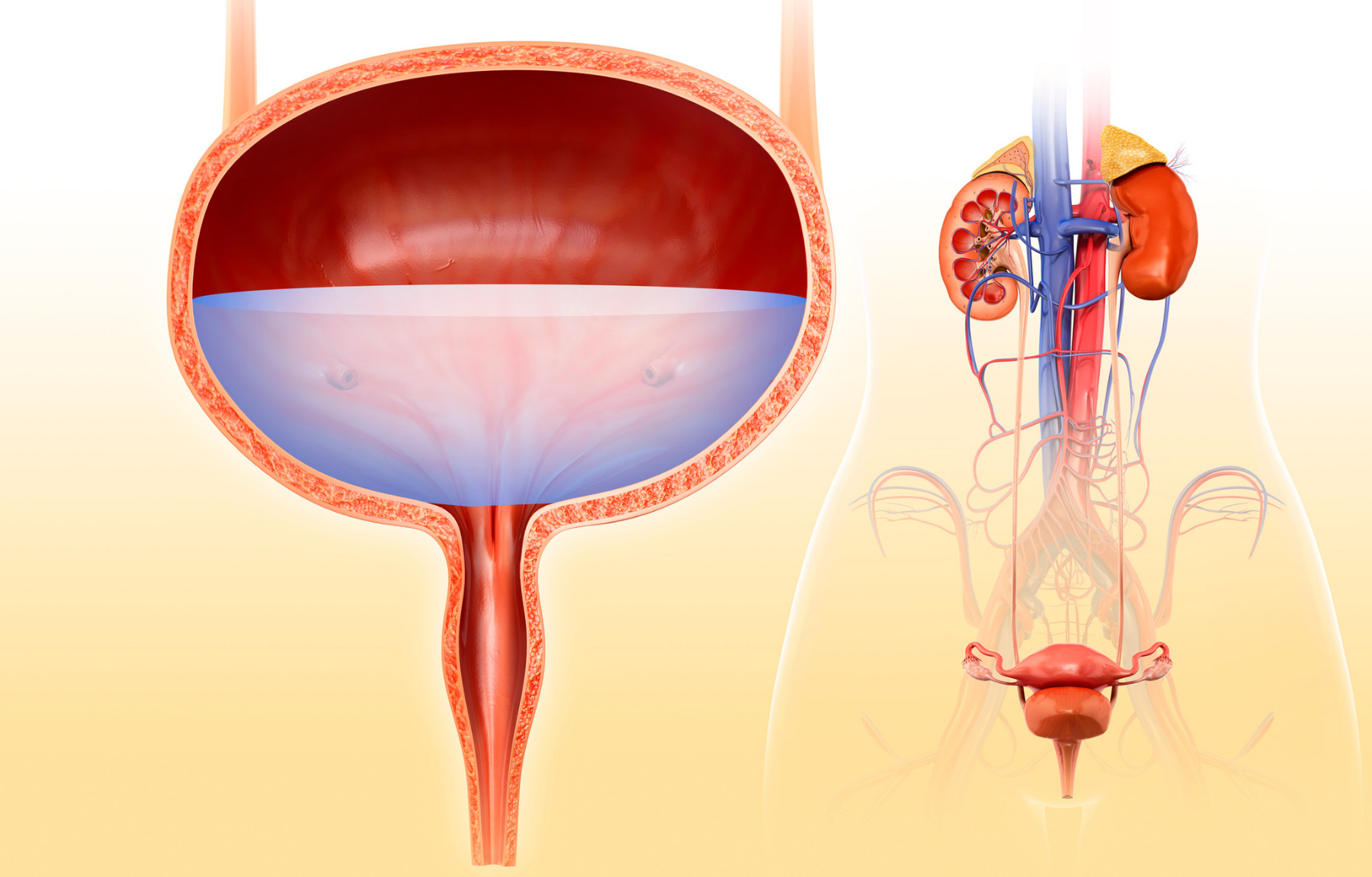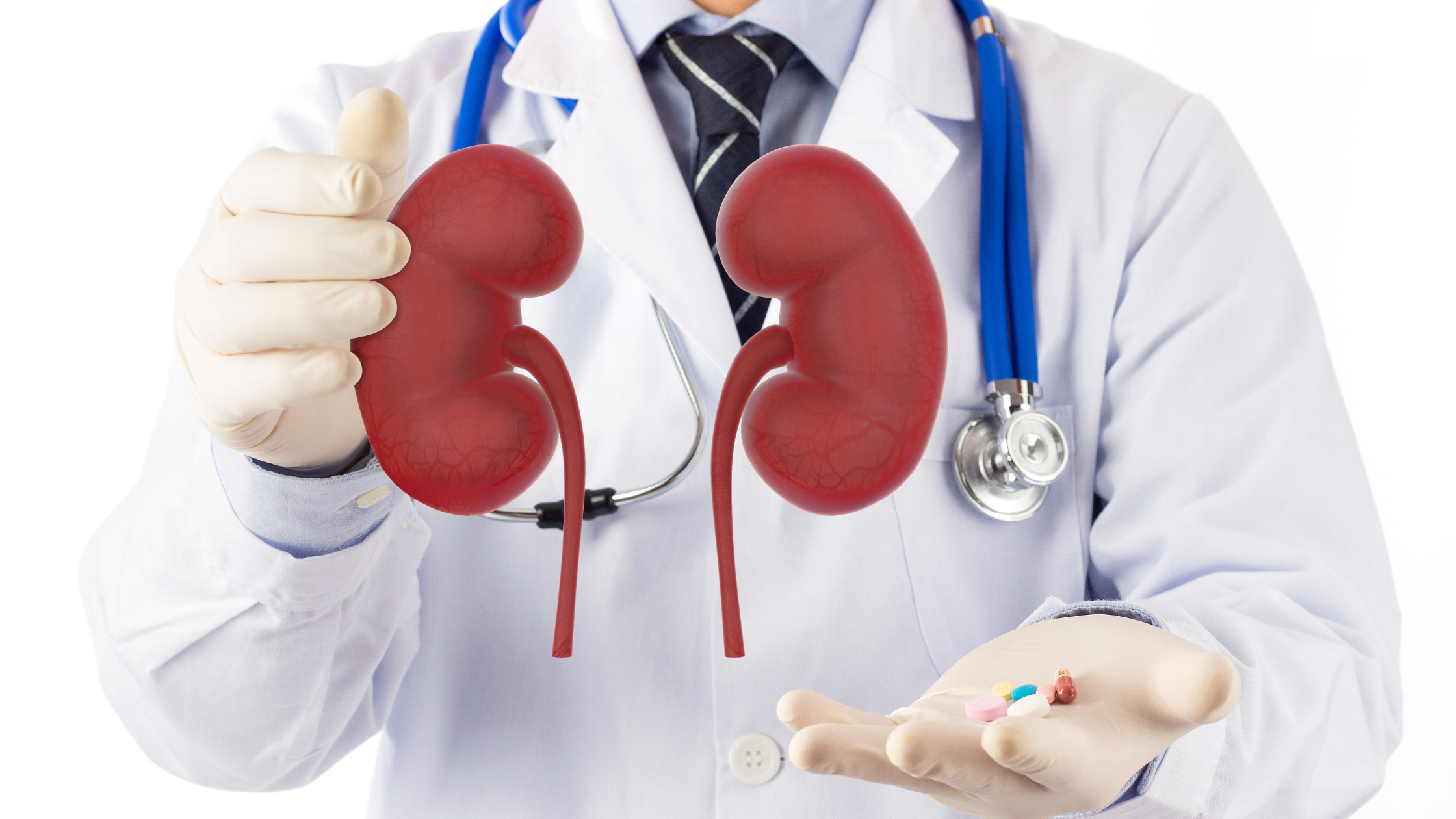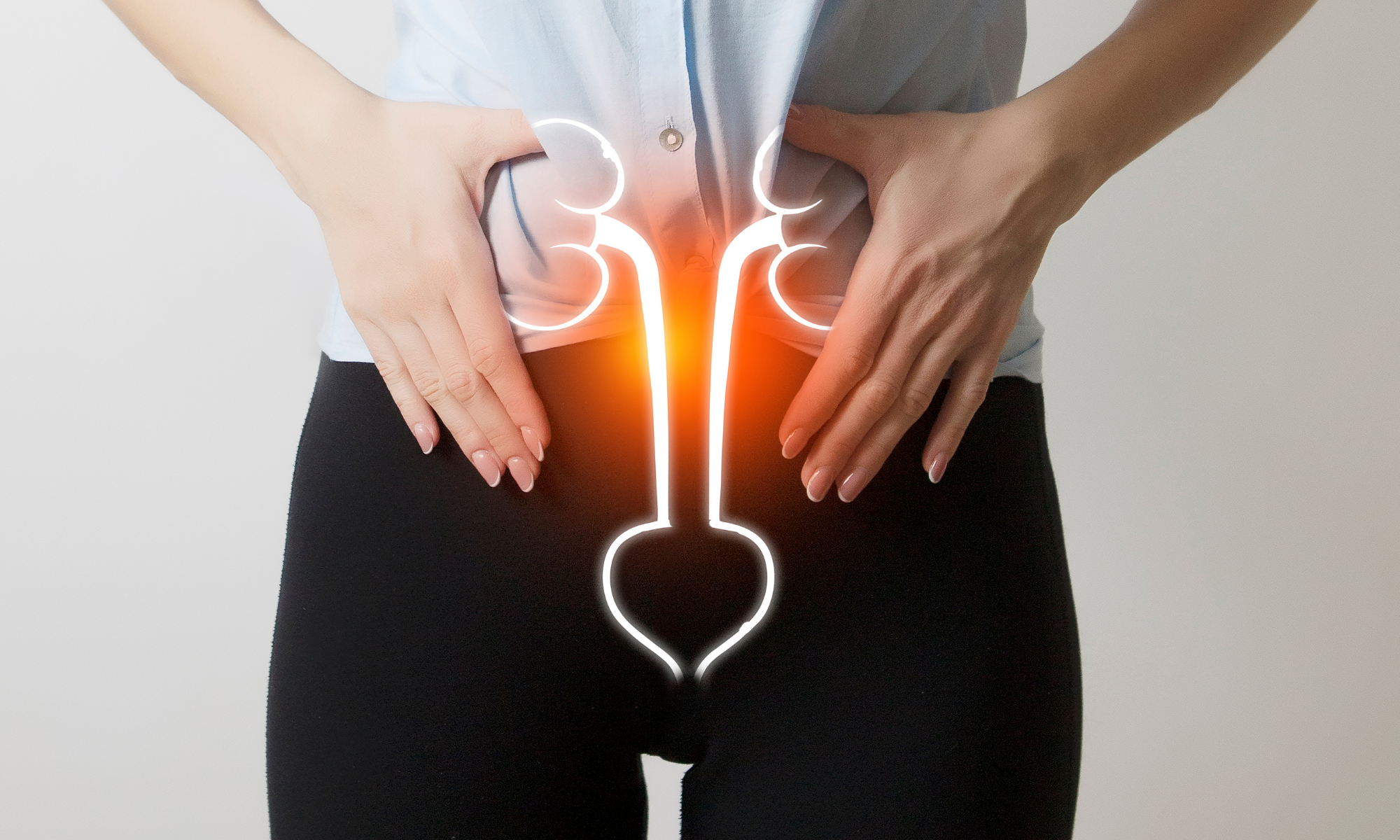Can Diabetes Affect Bladder Control and Urinary Health?
Written by Tye Medical on Jun 8th 2021
If you have type 2 diabetes, you probably experience some unwelcome bladder symptoms like increased frequency and/or urgency, urinary tract infections, or possibly loss of some bladder control. Many people with diabetes avoid discussing these issues with their doctors, but treating causes and managing symptoms can improve your quality of life.
Over half of diabetic patients have bladder dysfunction that produces uncomfortable symptoms and can affect bladder health. That’s because elevated blood glucose can damage bladder nerves and trigger other urinary symptoms.
But you can take steps to protect your health and manage your symptoms. Here’s a breakdown of bladder problems often connected with diabetes.
4 of the Most Common Bladder Problems Related to Diabetes

1. Urinary Incontinence (Loss of Bladder Control)
Stress Incontinence Due to Body Weight
Weight-related incontinence is common in those with type 2 diabetes because insulin resistance and some diabetes medications make it easier to gain weight. If you have type 2 diabetes and are considered overweight, the additional pressure on your bladder can cause stress incontinence. When this happens, increased stress overrides the urinary sphincter’s ability to hold back urine (especially if weakened from childbirth or prostate surgery), resulting in leaks.
For more information, you can read our article, Can Losing Weight Stop Urine Leakage?
Stress Incontinence Due to Diabetic Nerve Damage
Diabetic nerve damage can also weaken the urinary sphincter, triggering stress incontinence regardless of your body weight. When this happens, the sphincter doesn’t receive messages from the brain to close sufficiently. A weakened sphincter lets urine pass through involuntarily, especially during activity.
Overflow Incontinence Due to Diabetic Nerve Damage
The bladder nerves themselves can also be damaged, interfering with messages between your brain and bladder muscles. This prevents your bladder from contracting to release urine and can lead to overflow incontinence. When your bladder retains urine until it can’t hold anymore, it involuntarily releases the urine, often in the form of dribbles and leaks.
Urge Incontinence Due to Diabetic Nerve Damage
Damaged bladder nerves can also send wrong messages to your bladder muscles, causing them to contract randomly (overactive bladder). This creates an overwhelming need to pee right now and prompts bladder leaks with little or no warning.
2. Frequent and Urgent Urination
Many people with diabetes have troubling bladder symptoms without loss of bladder control. Even if your bladder isn’t overactive to the degree that it triggers urine leaks, you might still pee too often and struggle with the urgent need to go.
Frequent and urgent urination are common symptoms of increased blood glucose levels. If you’re managing your diabetes with medication and lifestyle changes but notice an increase in these symptoms, it can be a signal that something has elevated your blood sugar.
Polyuria (Excess Urine Production)
When your body detects high blood glucose levels, it pulls fluid from your tissues to help flush out the excess sugar. (This is one reason people with diabetes are often thirsty.) Eventually, the water and sugar solution moves through your kidneys and into your bladder, where it exits as urine. The abundance of urine flooding your bladder often intensifies urgency or the feeling that you must go now.
When excess urine production wakes you from sleep for a bathroom trip, it’s called nocturia—many people with diabetes report waking at night to use the bathroom.
3. Chronic Urinary Retention (CUR)
Even if you don’t experience overflow incontinence (see above), you might have “trouble going” and can’t empty your bladder. This can create pain, pressure, frequent urination, and even bladder infections (see below).
Bladder nerve damage means your nerves fail to signal when the bladder is full. Your bladder continues to fill, but the signal to void remains weak. It compensates for the additional fluids by stretching to increase capacity. In time, this can damage or weaken bladder muscles making it more challenging to expel urine.
As noted above, this is a primary cause of overflow incontinence.
4. Urinary Tract Infections (UTIs)
If you experience pain or burning along with frequent urination, it could be a bladder infection. UTIs (bladder or kidney infections) are common in people with diabetes for two reasons: high blood sugar levels and urine retention.
Bacteria feed on sugar, so when your blood glucose is elevated, the excess fluid and sugar end up in your bladder. If you don’t pee often enough or don’t fully empty (retention), the sugary urine sits in your bladder longer than it should. This promotes bacteria growth and causes frequent infections that require antibiotic treatment.
How to Minimize Diabetes-Related Bladder Control Problems

If you have diabetes combined with any of the following factors, you’re more likely to develop bladder symptoms or incontinence:
- High blood sugar
- High blood pressure
- High cholesterol
- Overweight
- Drink alcohol
- Smoke
Here are some steps you can take to maintain bladder health while managing diabetes. And if you’ve been diagnosed with prediabetes, read our article, How to Reverse Prediabetes (Yes, It’s Possible).
Maintain Well-Controlled Glucose Levels
When your blood sugar levels remain within the zone your doctor recommends, it prevents:
- Bladder nerve damage that can lead to urine retention or incontinence
- Excess urine production can cause frequency and incontinence
If your current treatment plan isn’t adequately maintaining your blood sugar, talk to your doctor about different options.
Treat High Blood Pressure
Diabetes and high blood pressure are the leading causes of kidney disease in the US. If you already have diabetes, you’ll want to closely monitor your blood pressure to ensure it’s well-controlled.
As blood vessels weaken and narrow from high blood pressure, it puts more stress on the kidneys, decreasing efficiency. They must work harder to remove waste and fluids from urine and may eventually fail. This can cause urgency, frequency, and even incontinence.
Treat High Cholesterol
Cholesterol buildup impairs blood flow to your kidneys and increases blood pressure. High cholesterol and elevated blood pressure overwork your kidneys and keep them from functioning correctly. This leads to bladder symptoms like frequency, urgency, and incontinence.
Maintain a Healthy Weight
Being overweight makes you more prone to bladder control problems and urinary symptoms. Adopting the right eating and exercise plans benefit your bladder and kidneys. Weight loss can help alleviate or prevent stress incontinence and help you maintain healthy cholesterol and blood pressure levels.
Minimize or Avoid Alcohol Consumption (and Quit Smoking)
Alcohol is a diuretic that increases urine production. It often aggravates existing bladder symptoms, causing frequent urination and urgency. Since alcohol is a known bladder irritant, it can trigger overactive bladder symptoms in those prone to the condition and even cause bladder control problems. Smoking has a similar irritating effect on the bladder that can also lead to urine leaks.
Diabetes and Kidney Disease (Diabetic Nephropathy)

Nearly one in four people with diabetes develop chronic kidney disease (CKD). It’s a condition that progresses slowly as high blood glucose levels damage the kidneys. When the blood-filtering portion of your kidneys is damaged, it allows proteins into your urine. That’s why a simple urine or blood test can tell your doctor a lot about your kidney health.
It can take years before you notice symptoms. Many times it’s undetectable unless your doctor discovers high protein levels in your urine or other indicators in a blood screening.
Symptoms of kidney damage include:
- Frequent urination
- Poor appetite or feeling sick
- Weight loss
- Puffiness around eyes
- Swollen ankles or feet
- Muscle cramps
- Dry, itchy skin
- Fatigue
- Difficulty concentrating
Tests your doctor may order for screening:
- ACR—Albumin to Creatinine Ratio (urine test) to determine how much albumin (protein) is in your blood
- GFR—glomerular filtration rate (blood test) to determine the stage of kidney disease
Early detection and treatment can stop or even reverse the progression of diabetic kidney disease. The primary treatment is to control both blood sugar and blood pressure levels.
If you’ve already experienced kidney damage, your doctor might prescribe an ACE (angiotensin-converting enzyme) inhibitor or ARB (angiotensin receptor blockers). These reduce blood pressure and decrease urine protein levels to prevent or slow the progression of kidney disease.
Managing Diabetes and Incontinence

As you work with your doctor to control blood sugar levels and lose weight, you’ll need supportive products that protect you from those occasional or expected leaks. TYE Medical’s bladder control products are available in an array of sizes and absorbency levels.
Our premium products provide rapid absorption with the following features:
- Super-absorbent gel core
- Leakage barrier leg cuffs
- Clothlike feel
- Tearaway sides (Protective Underwear)
- Designed for leak-proof insert pads (Protective Underwear, Premium Briefs)
- Up to 3X-Large (Protective Underwear)
- Ultra-Thin (light incontinence underwear and pads)
- Discreet, free shipping on orders over $20
- Designed for men and women
TYE Medical Incontinence Products
Protective Underwear
Protective underwear is pull-on incontinence underwear with tearaway sides that can be used with our Shaped Pads (leak-proof insert pads).
Premium Briefs
Fasten securely in the front and offer a clothlike feel that’s breathable and comfortable. They can also be used with Shaped Pads.
Shaped Pads
These are leak-proof insert pads in varying absorbency levels. They save you time and money because you only change the pad after each soil rather than the entire set of underwear or briefs.
Ultra-Thin Pads
Unnoticeable pad that uses ultimate odor control technology to keep you comfortable and protected against lighter leaks.
Men and Women’s Light Incontinence Underwear
Ultra-thin underwear with ultimate odor control technology. Perfect for lighter leaks, these low-rise underwear are 50% thinner than most similar store brands.
Have more questions? Chat with us online or give us a call.


